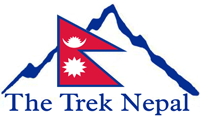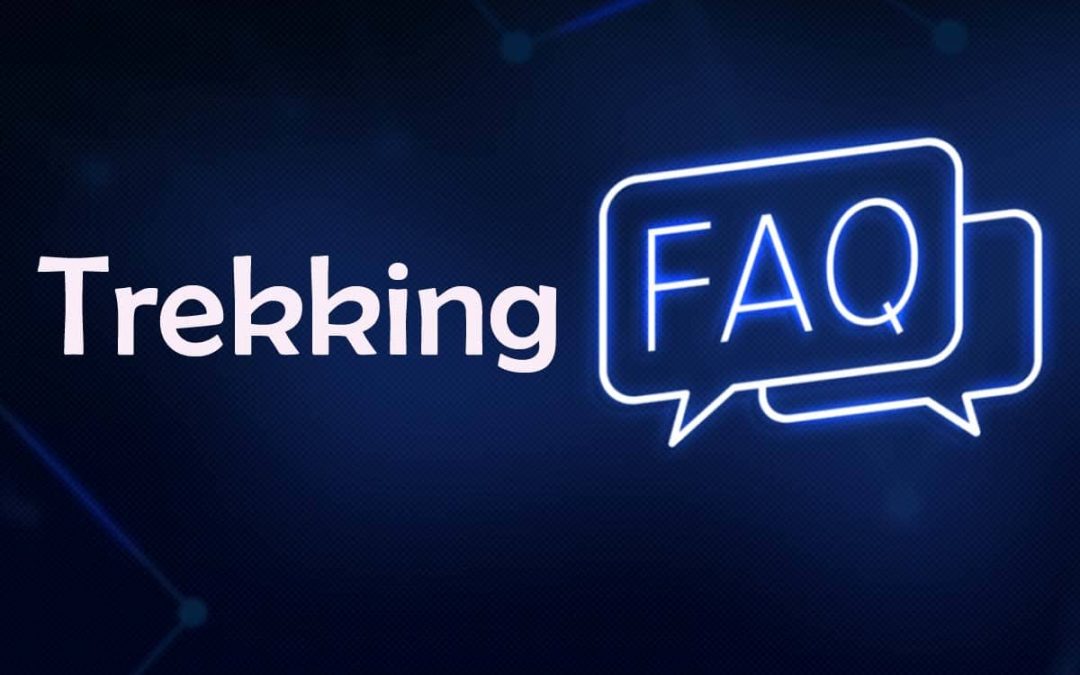Nepal is a country famous for its awesome trekking routes, mountains, valleys, and forests. While it looks awesome and want you to immediately go on a trekking. But, while internal tourists may know things about country, international tourists may not know so much about that and may have many questions. It is normal to not know about travel ways, routes, their methods etc. A traveler visiting a foreign country may have various questions.
Here are 20 frequently asked questions about trekking in Nepal:
Trekking faq no. 1. Is trekking different from Hiking?
Yes, trekking is quite different from hiking. Trekking is the activity of completing a certain trail, route, track, or area in a considerable amount of time. While trekking may extend from 2,3 days to month long, hiking is just a day’s activity. Trekking is done to more rigorous, far mountainous area while hiking is done to nearby place in a leisure time.
Trekking faq no. 2. What is the equipment needed for trekking?
The basic need for trekking is a good trekking bag. Now the equipment’s needed for trekking may vary according to route, time of the year. However, the first step is to get a good and reliable bag and packs things that you need utmost. Like, medicines, Clothes, traveler’s guide etc.
Trekking faq no. 3. How many hours a day should be walked for trekking?
There is no such thing as how much walking hours make it trekking. Walking hours per day just depend on your capacity to walk and trekking route. If you are an expert trekker you may even complete two days trekking for average people in one day also. For walking, trekkers are advised to start walking in early morning to avoid harsh day time sun.
Trekking faq no. 4. Why should we go trekking in Nepal?
Nepal is popular for its mountains and trekking trails this much everyone knows. But the thing that makes people to go trekking in Nepal is its commercialized trekking routes. The jarring trails like Annapurna is so well commercialized that people get every facility otherwise impossible in such remote location. From hot water baths to city foods everything is available here. It is so comfortable that even beginners can do it.
Trekking faq no. 5. How difficult are the trekking routes?
Difficulty varies according to the person’s ability to walk and his/her physical condition. Also, difficulty varies according to trekking route and time of the year also as snowy and rainy trails can be very exacting.
Trekking faq no. 6. Duration of trekking?
The duration of the trekking also depends on the trekking route. The Kanchenjunga trek one of the longest in Nepal takes 27 days while poon hill trek completes in 3 to 4 days. The duration is also affected by the resting period the traveler uses.
Trekking faq no. 7. How much luggage is needed?
Luggage, clothes and other personal belongings also varies with person. If you are very adaptable and can go with minimum equipment’s its ok however if you need more items and you can carry them easily, it is also ok.
Trekking faq no. 8. Is porter facility available?
Yes, porter facility is very much available. If you are going through travelling agency if you want your agency will manage it. However, if you are not going through agency it may be difficult, but you can find someone there.
Trekking faq no. 9. Can a beginner trek in the mountains?
If you have never attempted a trek or cannot walk for a long time, it is not advised for you to attempt. However, if you have completed some trek and have some walking experience you can.
Trekking faq no. 10. Where do trekkers stay?
The mountain trekking routes are filled with home stays. Meaning you stay with a local family eat with them and they will provide with your sleeping rooms and complete your other needs.
Trekking faq no. 11. What will trekkers eat?
In most of places you can mostly have what you desire but in very remote location you may need to eat what is available. Momo, pasta, dhal baht are some of the most common food available in the trekking route.
Trekking faq no. 12. How costly is Nepal trekking?
The cost also varies according to your days of stay, items used, foods, luxury services. Also, location and travel method vary the cost. From budget trekking to luxury trekking services both are available.
Trekking faq no. 13. Is solo trekking recommended?
If you are a beginner or first time taking the route, it is advised to avoid solo trekking. Altitude sickness, getting away from tracks are the common mistakes done by the beginners. However, if you are an expert, been to the tracks many times during trekking you can take a solo trek.
Trekking faq no. 14. How safe is trekking for solo woman?
Country is very safe for women. But like said before for beginners, male or female both are not advised for solo trekking. However, if you are expert woman you can have your solo trek. But it is not advised to walk the route at night alone.
Trekking faq no. 15. Encounter with wild animals?
The trekking routes are filled with traveler, so the animals also avoid the trekking routes. However, it is not completely impossible to run into animals, but the chances are very slim.
Trekking faq no. 16. How safe is the water?
The water of the mountains is safe. However, if you are not a local but a foreigner it is not advised to drink the water as you may easily get common cold. You can always get a bottle of mineral water and if that is not available drink boiled water.
Trekking faq no. 17. Is travel insurance compulsory?
To the travelers of the same country travel insurance is not compulsory but for the foreign people it is compulsory. Insurance that covers medical as well as emergency evacuation is very strictly advised as accidents can happen.
Trekking faq no. 18. Will I get altitude sickness?
It is impossible to tell you will get altitude sickness for sure, but it is common to have in low oxygen altitudes. So, to have an expert or a guide is very necessary as they know how to handle such emergency.
Trekking faq no. 19. Are there any ATM in the trekking trail?
No, there are no ATM in the trekking trails so the needed amount should be taken with you from the city. In case of Everest trekking, you can use ATM in Namche bazar.
Trekking faq no. 20. What are the best trekking routes of Nepal?
Annapurna, Everest, Manaslu, Mardi are some of the most popular trekking routes of Nepal. However, the list of trekking routes of country is pretty huge from mountains to valleys, routes, and trails. You just must find which one you can and how many days you can afford.


Submit a Comment
You must be logged in to post a comment.